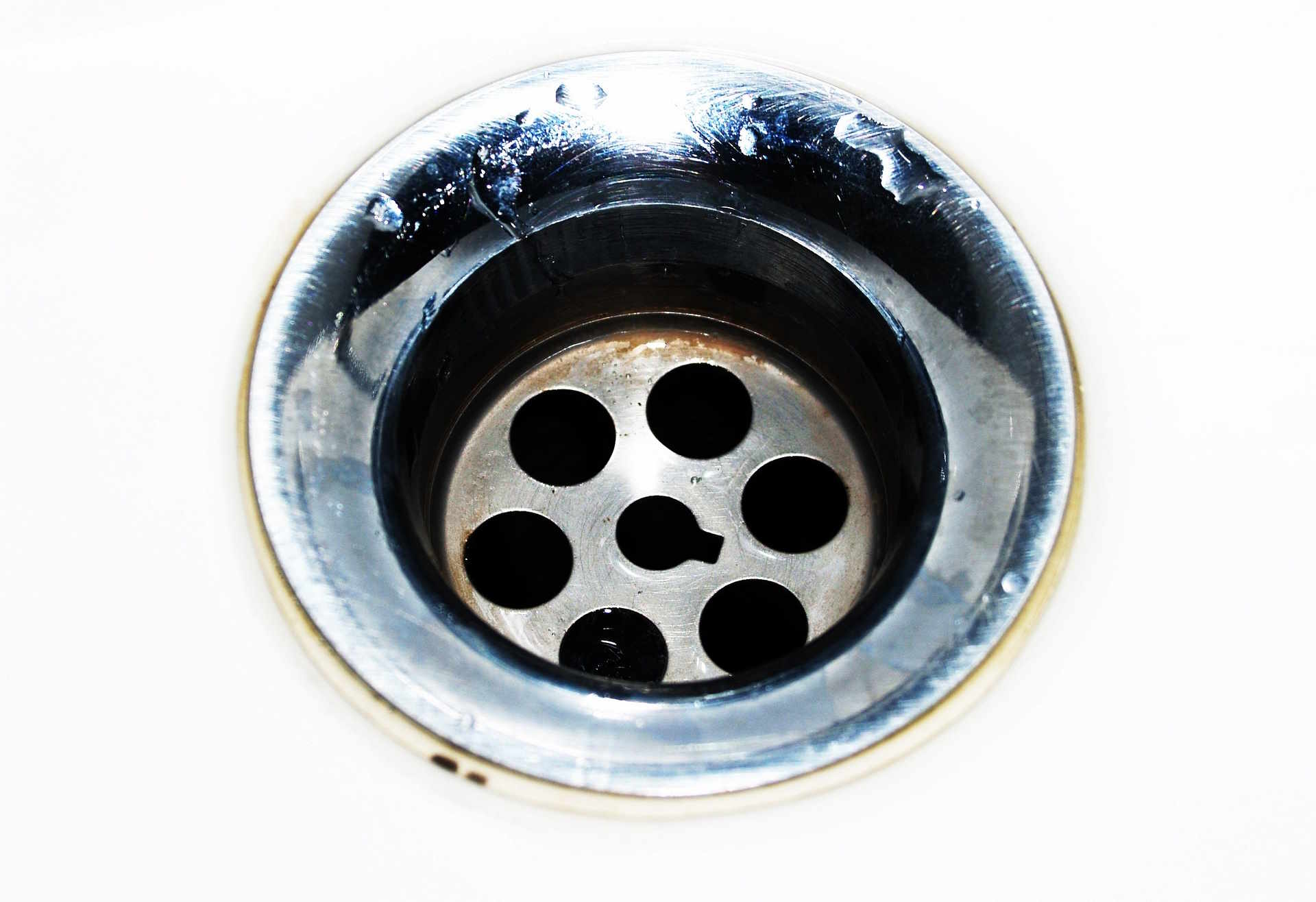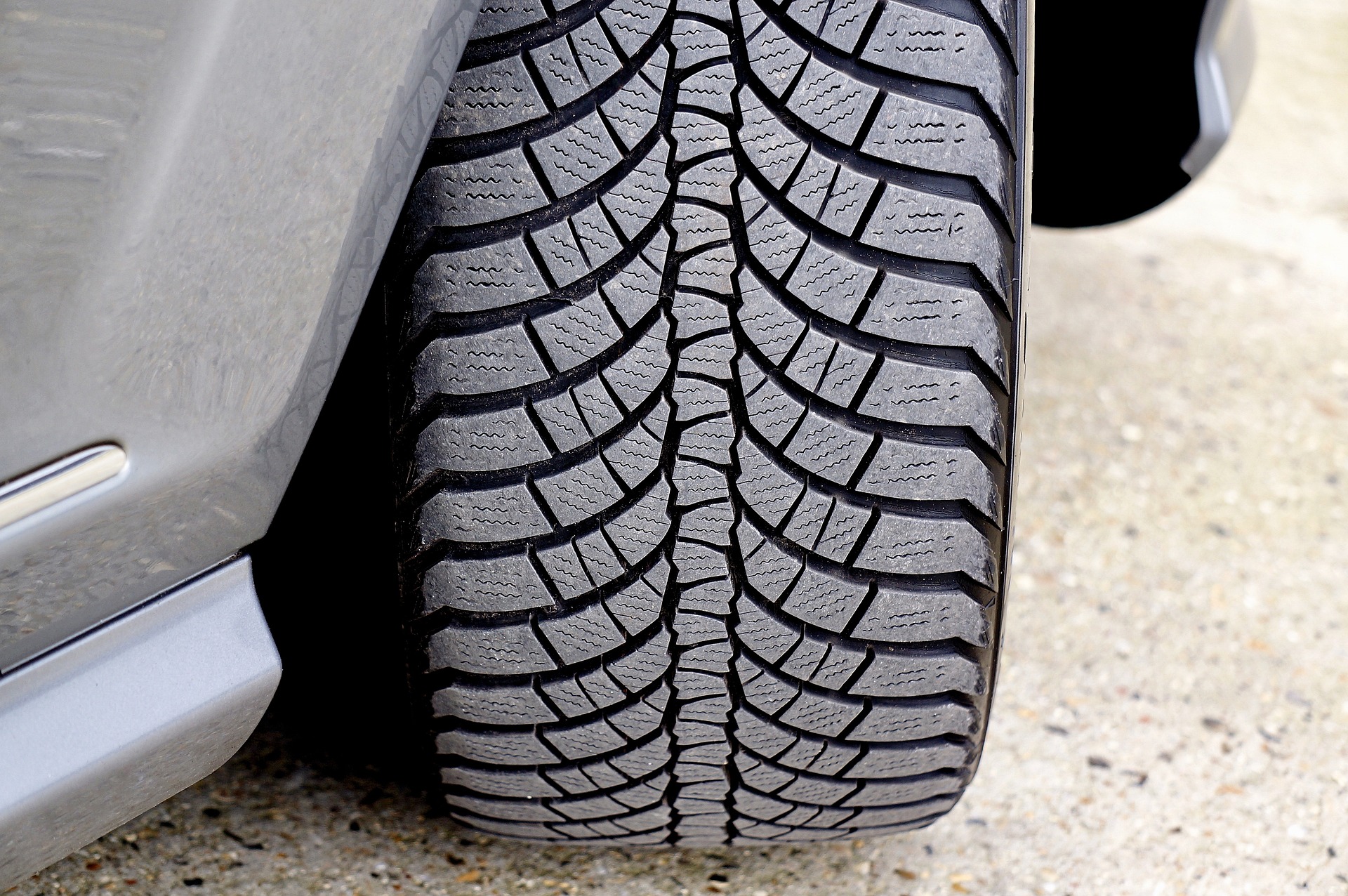Drain Cleaning Tricks: Simple DIY Fixes Every Homeowner Should Know!
Blocked drains are a common headache, but you don't always need to call in the pros. With the right techniques, many clogs can be cleared using basic tools or household items. These expert-approved drain cleaning tricks can save you time, stress, and money.

Clogged drains are among the most common household plumbing problems. Whether it’s a sluggish bathroom sink, a backed-up shower, or a kitchen drain that’s refusing to cooperate, knowing how to address these issues yourself can be incredibly valuable. While severe blockages may require professional intervention, many everyday clogs can be resolved with simple tools and techniques that don’t require specialized knowledge or expensive equipment.
Understanding Common Drain Issues and Their Causes
Before attempting any fix, it’s helpful to understand what might be causing your drain problems. In bathrooms, hair and soap scum are typically the culprits. These materials combine to form stubborn clogs that gradually reduce water flow. Kitchen drains, on the other hand, often suffer from food particles, grease, and oil buildup. Coffee grounds, pasta, rice, and other expandable foods can also create significant blockages over time.
Hard water can exacerbate these problems by leaving mineral deposits that narrow pipe diameters. Tree roots seeking moisture can infiltrate outdoor drainage systems, while foreign objects accidentally dropped down drains (especially in homes with children) can create immediate blockages. Identifying the likely cause of your specific drain issue will help you choose the most effective solution.
The Best DIY Tricks for Unclogging Drains Quickly
When facing a clogged drain, try these proven methods before calling a professional:
-
Boiling Water: For simple clogs, particularly those involving grease or soap scum, pouring boiling water down the drain can be surprisingly effective. Pour the water in stages, allowing it to work through the clog gradually.
-
Baking Soda and Vinegar: This classic combination creates a natural foaming action that can break down many clogs. Pour half a cup of baking soda down the drain, followed by half a cup of vinegar. Cover with a plug and wait 30 minutes before flushing with hot water.
-
Manual Removal: For visible clogs near the drain opening, wearing gloves and using a bent wire hanger can help fish out hair and debris. Bathroom sink P-traps can be unscrewed to clear blockages directly.
-
Plunger: A cup plunger (not a flange plunger used for toilets) can create enough pressure to dislodge many sink and shower clogs. Ensure there’s enough water to cover the plunger cup and create a proper seal.
-
Hand Auger/Plumber’s Snake: This tool can reach deeper clogs, breaking them up or retrieving them. Feed the snake into the drain until you feel resistance, then crank the handle to break through or hook the blockage.
Preventative Measures for Keeping Drains Clear
Prevention is always easier than dealing with established clogs. Implementing these simple practices can significantly reduce the frequency of drain problems:
Install drain guards or strainers in all sinks, showers, and bathtubs to catch hair and large particles before they enter your plumbing. Clean these guards regularly to maintain effective drainage.
Avoid pouring grease, oil, or fat down kitchen drains. Instead, collect cooled grease in containers and dispose of them in the trash. For small amounts, wipe greasy pans with paper towels before washing.
Flush drains weekly with hot water to prevent buildup. For kitchen sinks, running hot water for a minute after each use helps wash away potential clog-causing residues. Monthly maintenance with baking soda and vinegar can keep drains fresh and flowing freely.
Be mindful of what goes down your drains. Avoid disposing of coffee grounds, eggshells, pasta, rice, and other expandable foods in kitchen drains, even with a garbage disposal.
Simple Maintenance Tips to Avoid Future Clogs
Regular maintenance can prevent most drain problems before they start. Establish a routine that includes these practices:
Once a month, pour a kettle of boiling water down each drain to dissolve developing soap scum and grease buildup. For bathroom drains, remove visible hair from drain covers or stoppers weekly.
Consider using enzyme-based drain cleaners quarterly as a preventative measure. These products use beneficial bacteria to break down organic matter without damaging pipes like harsh chemicals can.
For homes with hard water, installing a water softener can reduce mineral buildup in pipes. Additionally, running cold water through garbage disposals while they’re in use helps solidify grease so it can be chopped up rather than coating pipes.
Keep a plunger and basic drain snake on hand for immediate action when slow drainage first appears, before a complete blockage can form.
When a DIY Fix Isn’t Enough: Call a Professional Plumber
While many drain issues respond well to DIY solutions, some situations require professional expertise:
-
Multiple clogged drains throughout your home could indicate a more serious issue with your main sewer line.
-
Recurring clogs in the same drain despite your best efforts might suggest pipe damage, improper installation, or tree root intrusion.
-
Unusual odors persisting after cleaning could indicate trapped debris or sewer gas leaks.
-
Water backing up into other fixtures when using appliances like washing machines points to systemic plumbing problems.
-
Visible water damage on walls or ceilings near your plumbing requires immediate professional attention.
Professional drain cleaning services typically cost between £75-£150 for standard jobs, while more complex issues involving camera inspections or hydro jetting can range from £200-£500. Emergency services outside regular business hours may incur additional charges of 50-100% above standard rates.
| Service Type | Average Cost Range | What It Includes |
|---|---|---|
| Standard Drain Cleaning | £75-£150 | Basic drain snaking, removal of common clogs |
| Camera Inspection | £100-£250 | Visual assessment of pipe interior to identify issues |
| Hydro Jetting | £250-£500 | High-pressure water cleaning for severe buildup |
| Main Sewer Line Cleaning | £300-£600 | Addressing blockages in your main outflow pipe |
| Emergency Service | £150-£300 | After-hours, weekend, or holiday service calls |
Prices, rates, or cost estimates mentioned in this article are based on the latest available information but may change over time. Independent research is advised before making financial decisions.
Maintaining clear, functioning drains is an important aspect of home care that often goes unnoticed until problems arise. By understanding common causes of clogs, implementing preventative measures, and knowing effective DIY solutions, you can handle many drainage issues independently. Regular maintenance not only prevents inconvenient blockages but also extends the life of your plumbing system and helps avoid costly repairs. When DIY methods prove insufficient, recognizing when to call professionals ensures problems don’t escalate into more serious plumbing emergencies.




